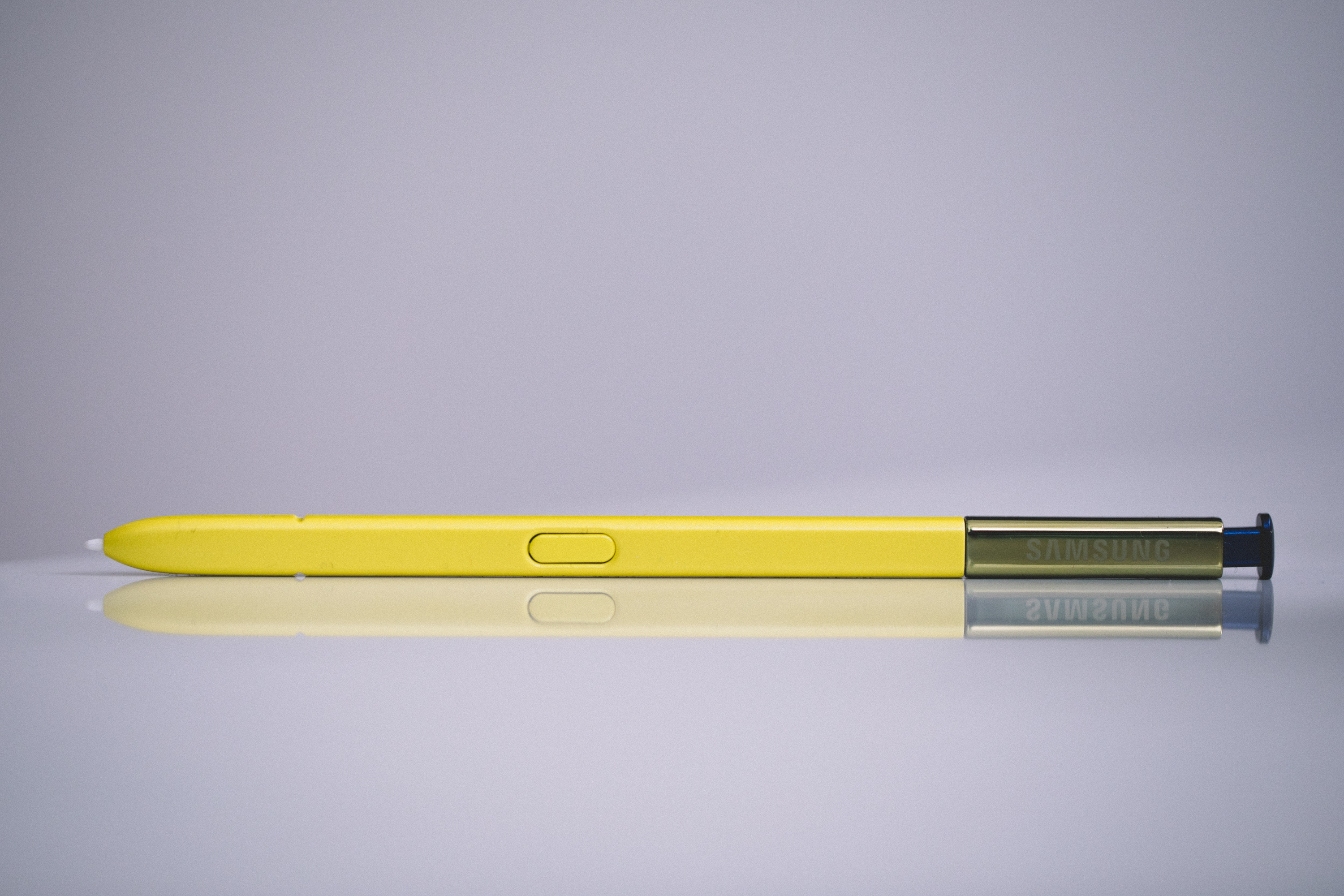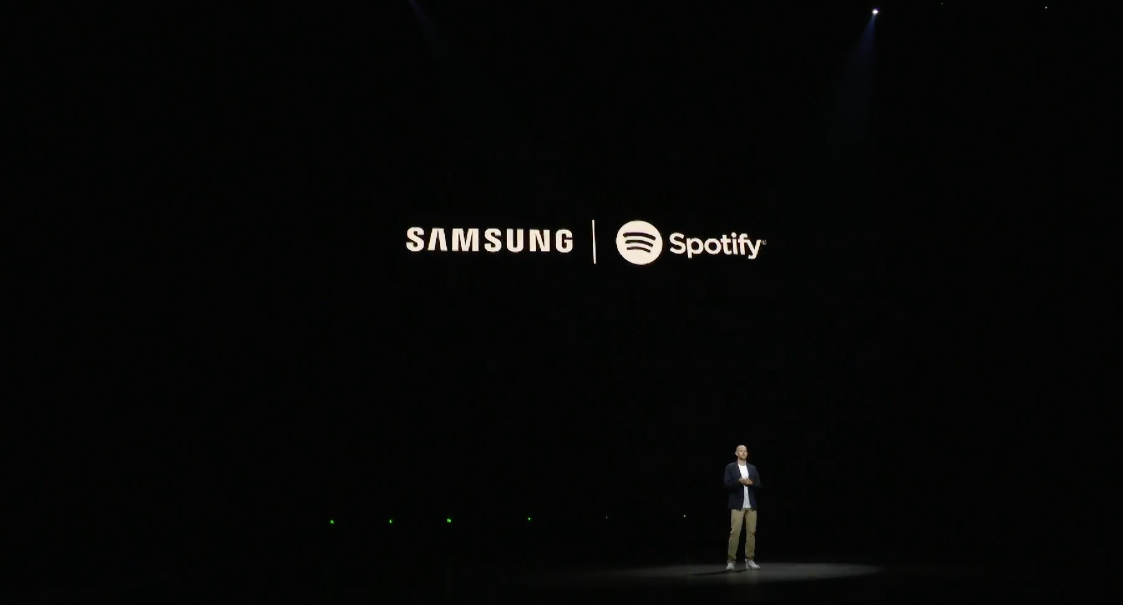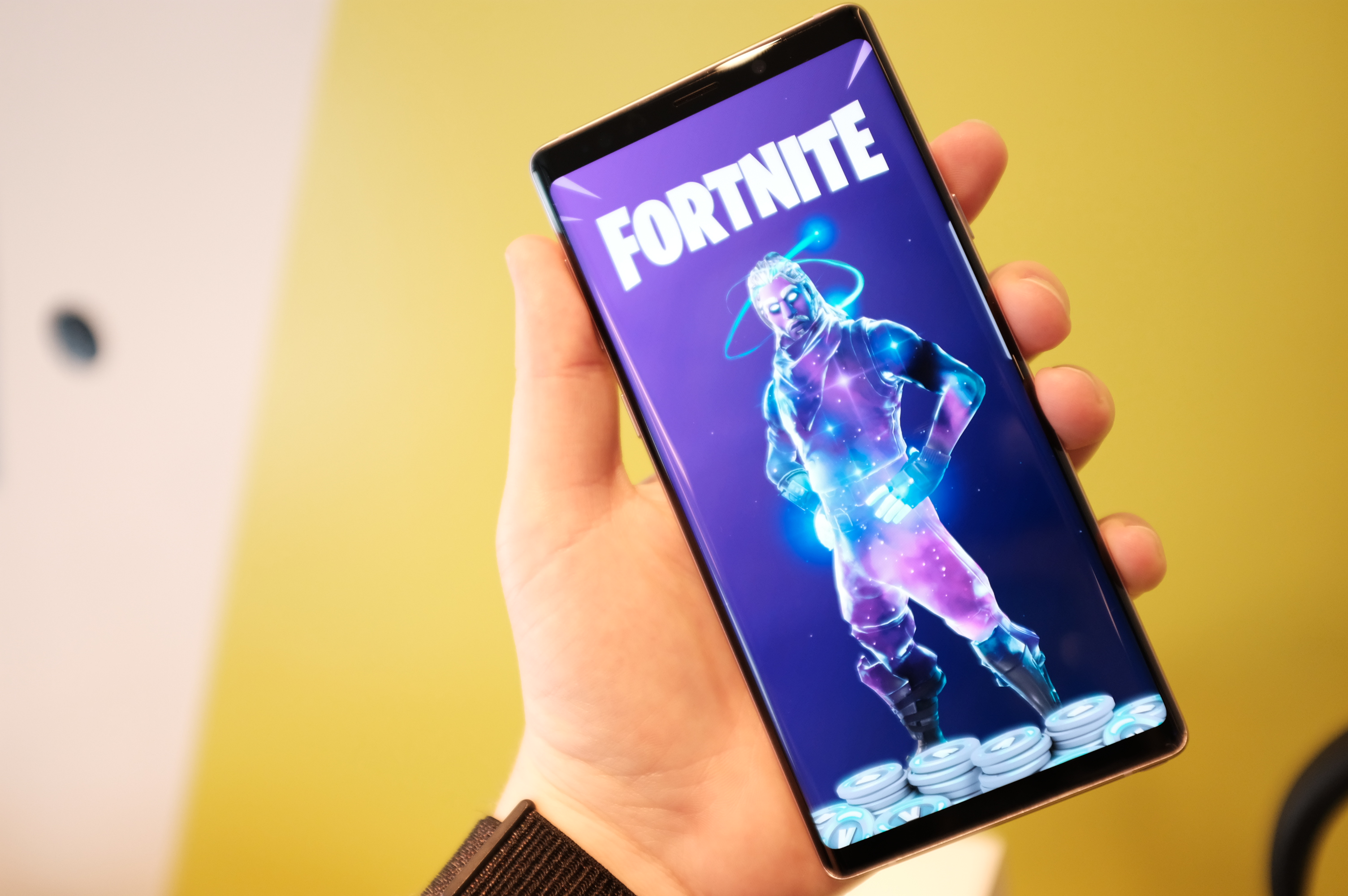The industry is forever chasing the Apple Watch. After all, the smartwatch has been a rare bright spot in a plateauing wearables category. Even Fitbit recently found itself heading in that direction, finding a fair bit of success with the Versa.
Samsung’s approach, on the other hand, has always been very, well, Samsung. The company’s watches are big, hulking things, covering chrome with a kind of Swiss Army knife approach customary of its various other products.
Announced alongside the Note 9, the Galaxy Watch wasn’t the departure many expected. While the name implied a potential shift toward Android Wear, the company is intent on sticking with Tizen. And why not? Samsung’s spent a lot of time making Tizen its own — multiple generations have been devoted to tweaking the operating system to its specifications.
It’s the result of a pretty clear cost-benefit analysis. The biggest drawback of not embracing Wear OS is the relative lack of third-party app support on Tizen. The biggest advantage: support for Samsung’s unique bezel-based navigation. To this day, it’s the best of the bunch, beating the more finicky crown control most of the competition relies on. It was an early choice for the company and continues to be one of the best elements of Samsung’s watches.

That’s as solid a foundation as any, really. Several different models have helped the company fine-tune its watch offerings, including last year’s Gear Sport, which finally found Samsung introducing a much more manageable 42mm model. It was the first such device from the company that recognized not every user is looking to place a massive device on their wrist.
The fact that there’s been a name change here owes much more to branding than it does any sort of radical departure on the hardware side. Instead, the watch is more of a fine-tuning for the line. Multi-day life aside, there’s not enough here to justify an upgrade for those who own a recent generation, but over the course of several years, Samsung has slowly been fine-tuning one of the better smartwatches in the game.
I wore the Galaxy Watch around for a few days, and used every opportunity I could to quiz others on their thoughts about the aesthetics. The results were largely positive. I don’t know that any onlookers were particularly wowed, but in most cases folks said they would consider wearing the watch. That’s certainly something.
Samsung’s among the companies that have subscribed to the notion that smartwatches ought to look like watches — an entirely different school than the Apple Watches and Fitbit Versas of the world. If I’ve had one complaint about the company’s design choices, it’s the push toward over-detailing — all of the numbers and notches. The design language clearly draws inspiration from sport watches.
For me, the pinnacle of the line was the hyper minimalist S2. It was subtle, modern and went pretty well with just about anything else you had on, from work to work out. Samsung, clearly, has gone in an altogether different direction here, targeting those who have a fondness for the classic outdoor style from companies like Casio. That said, the design is thankfully more subtle than past versions (see: the Gear S3 Frontier).
More importantly, in terms of appealing to a wider audience, the watch finally gets two distinct sizes — 42 and 46mm. The groundwork for the decision was laid with the last year’s Gear Sport, which brought a smaller size into the mix. The addition of the 42mm case makes the Sport somewhat redundant, though the company tells me it’s keeping it around for the time being.
It’s a smart move on Samsung’s part. By just going large with the watch, the company was ceding a large potential user base to Apple, including a big portion of female smartwatch wearers. Now that Fitbit is serious about smartwatches, the company clearly needs to do more to appeal to a larger segment of Android users.

The company’s watches have always felt large on me, and I’m around six feet tall. When I asked smaller colleagues to try them out, they looked downright cartoonish. The 42mm version fits much more comfortably on my wrist — though if you have a smaller stature, I’d strongly encourage finding a store and trying one on first. Even the smaller version is by no means compact.
The spinning bezel is back, because of course it is. It’s long been the best part of Samsung’s watches. It’s also the best smartwatch control mechanism in the industry, including Apple’s crown. It’s swift, it’s smooth and it’s much easier to use when exercising. That said, I still find myself using the side buttons with more frequency — they’re a much easier way to get where you’re going quickly.
The bezel is apparently the main reason for keeping Tizen around — Wear doesn’t support that sort of input method. And honestly, it’s a pretty good justification. Besides, Samsung’s done a lot to tweak the operating system to its specifications, and we’ve got a pretty good and well-rounded wearable operating system as a result.
There are a number of good reasons to go with Google’s OS, including better Android integration and a more robust app store, but Samsung’s always been interested in developing its own ecosystem — and besides, Tizen isn’t broken, so Samsung ain’t fixing it, as the saying goes.
Exercise tracking is another bit that’s benefited from several generations of tweaks. Fitness is pretty widely understood as the primary driver of smartwatches’ purposes, in spite of the existence of fitness trackers, and as such, all the major players are constantly attempting to one-up one another.
There’s nothing exceptional here on the exercise side, but the Galaxy watch is a workhorse. There’s autotracking on board and 40 trackable exercises. I’m a runner, and found the tracking to work pretty well, along with plenty of reminders to get off my lazy ass. Not great for my self-esteem, but good for my waistline, I suppose.
There’s sleep tracking on board, as well, though that’s become a pretty standard feature across all of these devices. More compelling is the addition of stress tracking. The feature reads the wearer’s vital signs to paint an overall picture of their mood. I’m sure the science behind all of this is lacking, and it generally read me as “neutral” (which, as anyone who has ever met me will tell you isn’t the best word).
That said, I’m sure there’s something in the psychology of it all. Like Fitbit and Apple’s reminders to breathe, there’s something to be said in the simple act of taking a moment to recognize your mood. Like a meditation body scan that reminds you that you’re constantly clenching your jaw, focusing on your mood and breathing goes a surprisingly long way toward de-stressing.
The Galaxy Watch isn’t the revolution Samsung suggested (but marketers are gonna market). That the company spent so little time on the product during the recent Note 9 event was at least partially a product of the fact that it’s more fine-tuning than anything else. There is, however, one piece that really stands out — and it’s perhaps the largest quibble with the smartwatch category of all.
Samsung says the 42mm’s 270 mAh battery will get you up to three days of life and the 46’s 472 mAh will get you up to four. That’s a bit of wishful thinking in my experience, but it’s not far off. Wearing the watch straight both day and night, I was able to squeeze just over two and a half days — pretty impressive, so far as smartwatches go. It’s also a bit of a necessity for something designed to be worn to bed.
It’s the best addition to the watch this time out. It’s not enough to help the device truly stand out from an overcrowded and underselling category — especially one where a single player is utterly dominating the sales charts. But Samsung’s still got one of the better devices in the game.
The pricing remains, well, pricey. The 42mm runs $329 and the 46mm is $349. It’s an additional $50 to upgrade either one to LTE. That puts the product roughly on par with the Apple Watch. From an Android user’s perspective, however, the real competition is the far cheaper ($200) Versa. Things have shifted a bit since Samsung’s last major watch release, with Fitbit becoming the major player in the Android-compatible smartwatch field. Samsung’s at a bit of a crossroads.
For now, the company seems content to go directly after Apple. Competing on that field is going to take some serious innovating. The Galaxy Watch isn’t that, but it’s a perfectly solid choice for Android users.
from blogger-2 https://ift.tt/2NB7NBX
via IFTTT

































